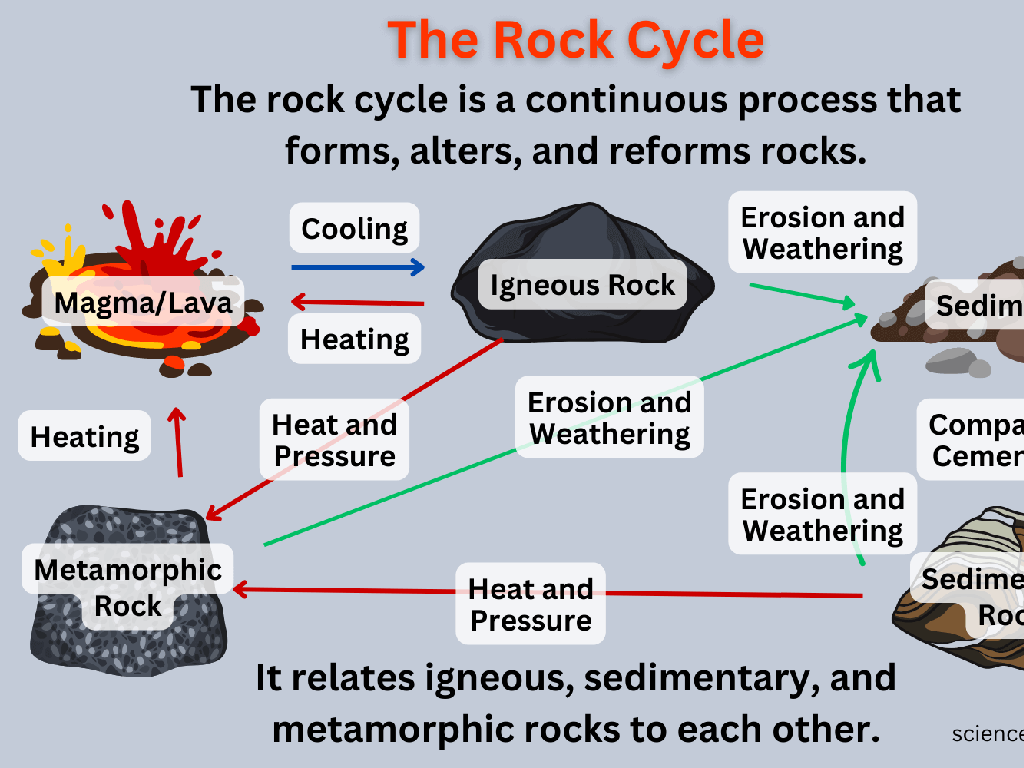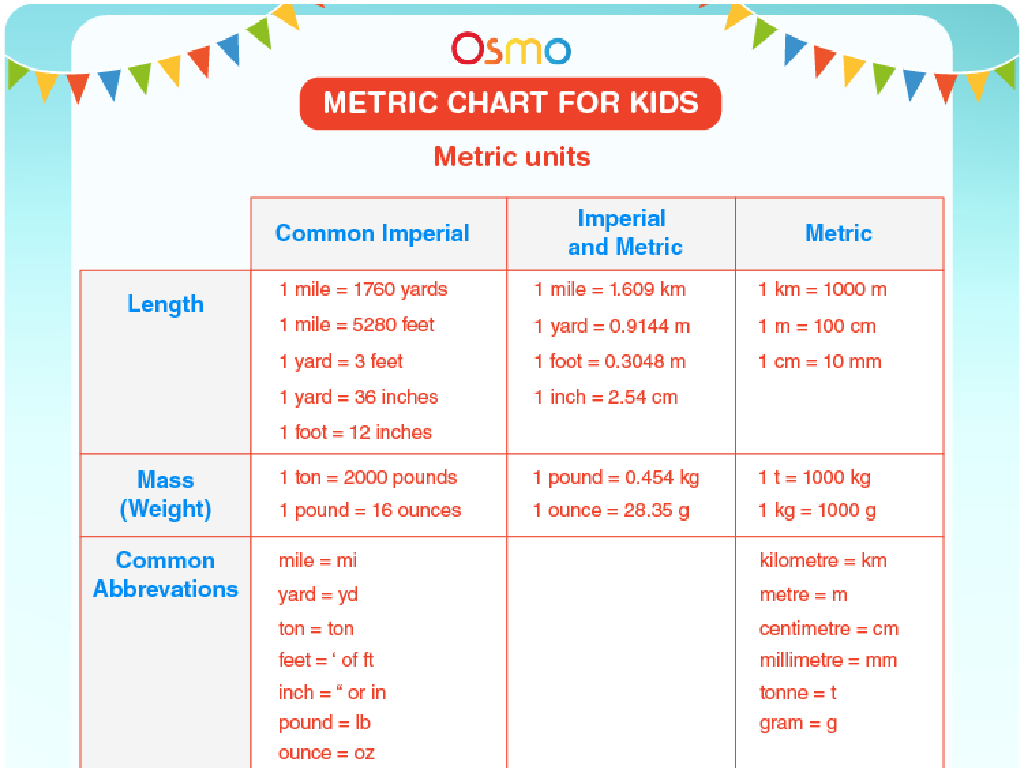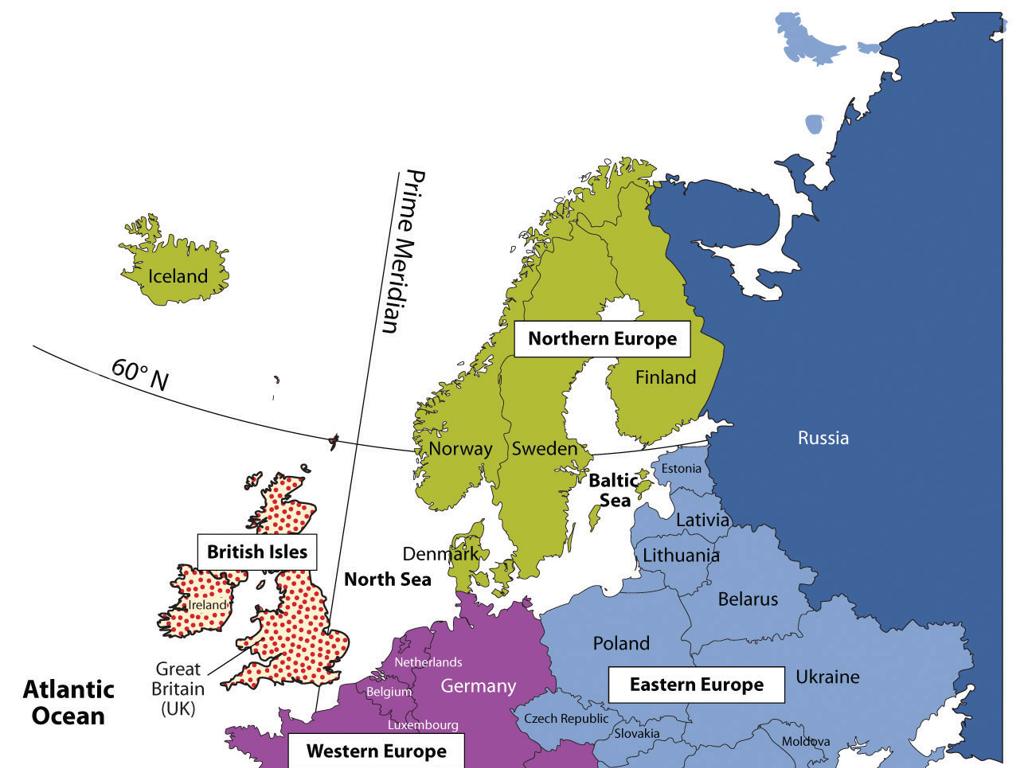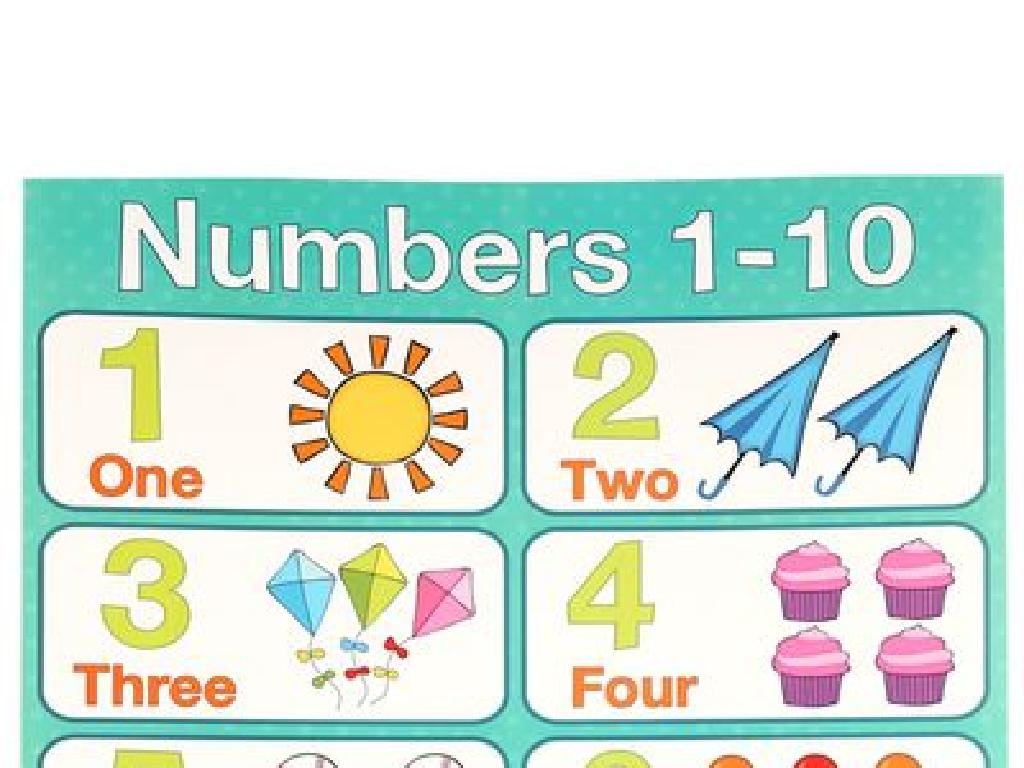Volume Of Rectangular Prisms Made Of Unit Cubes: Word Problems
Subject: Math
Grade: Fifth grade
Topic: Volume
Please LOG IN to download the presentation. Access is available to registered users only.
View More Content
Exploring Volume with Unit Cubes
– Understanding the concept of volume
– Volume measures how much space an object occupies.
– Defining a rectangular prism
– A 3D shape with 6 rectangular faces, like a box.
– Unit cubes as volume’s building blocks
– Small cubes that measure 1 unit³ used to fill prisms.
– Importance of volume in real life
|
This slide introduces the concept of volume, focusing on its calculation within rectangular prisms using unit cubes. Begin by explaining volume as a measure of the space an object occupies, which is important for packing, building, and filling spaces. Clarify that a rectangular prism is a three-dimensional shape with six rectangular faces, resembling a box or a brick. Use unit cubes, which are 1x1x1 cubes, to demonstrate how volume can be measured by counting the number of cubes that fit inside a prism. Emphasize the practical applications of understanding volume, such as filling a swimming pool or packing a moving box, to make the concept relatable to students’ everyday experiences. Encourage students to bring small boxes to the next class to practice calculating volume with unit cubes.
Calculating Volume of Rectangular Prisms
– Volume formula application
– Use L x W x H to find volume
– Count unit cubes for volume
– Each cube is 1 cubic unit. Add them up!
– Understand volume units
– Cubic cm, cubic inches are volume measures
– Solve real-world problems
|
This slide introduces students to the concept of volume for rectangular prisms. Start by explaining the volume formula (Length x Width x Height) and how it is used to calculate the space inside the prism. Demonstrate counting unit cubes as a visual way to understand volume. Clarify that volume is measured in cubic units, using examples like cubic centimeters and cubic inches to illustrate. Finally, apply these concepts to solve word problems that students might encounter in real life, such as finding the volume of a box. Encourage students to practice with different problems and to visualize the problems with unit cubes when possible.
Real-life Volume Applications
– Spot prisms around you
– Look for box-shaped objects like cereal boxes or bricks.
– Estimate volumes of items
– Guess how many unit cubes fit in a lunchbox or a book.
– Learn volume’s uses
– Volume helps in packing, building, and cooking.
– Solve real-world problems
|
This slide aims to help students recognize rectangular prisms in their environment and understand the concept of volume as it applies to everyday life. Encourage students to identify items that resemble rectangular prisms and make estimations of their volume by considering how many unit cubes could fit inside. Discuss how understanding volume is essential in various real-world scenarios such as determining the amount of space needed to pack items, the quantity of materials required for construction, or measuring ingredients in recipes. Provide examples and encourage students to bring in objects for a hands-on activity where they can practice estimating and calculating volume.
Solving Volume Word Problems
– Understand the word problem
– Read carefully to grasp what the problem asks for.
– Identify key information
– Look for length, width, height, and units.
– Use the volume formula
– Apply formula: Volume = length × width × height.
– Practice with examples
|
This slide introduces students to the process of solving volume word problems involving rectangular prisms. Start by reading the problem thoroughly to understand what is being asked. Next, identify and highlight the key pieces of information, such as the dimensions of the prism and the units of measurement. Teach students the volume formula for rectangular prisms and how to apply it to the information given in the problem. Provide practice problems for students to apply these steps and solve on their own, reinforcing the concept. Encourage students to visualize the problem and draw the prism if it helps them understand the problem better.
Solving Volume Word Problems: Fish Tank Example
– Understand the fish tank problem
– Imagine a fish tank and its dimensions
– Break down the problem into steps
– Step 1: Identify length, width, height. Step 2: Understand what is being asked.
– Apply the volume formula
– Use formula Volume = length x width x height
– Solve the fish tank volume
– Calculate the volume using the given dimensions
|
This slide is aimed at teaching students how to approach and solve word problems related to finding the volume of rectangular prisms. Start by presenting an example problem of a fish tank, asking students to visualize the scenario and its dimensions. Guide them through breaking down the problem into manageable steps, such as identifying the dimensions and what the problem is asking for. Then, demonstrate how to apply the volume formula (Volume = length x width x height) to the given problem. Finally, work through the calculation step by step, ensuring students understand how to multiply the dimensions to find the volume. Encourage students to ask questions and solve similar problems for practice.
Volume Practice: Unit Cubes
– Solve practice problems together
– Discuss problem-solving strategies
– Break down steps: find the number of cubes along the width, length, and height
– Encourage group collaboration
– Work in pairs or small groups to discuss different approaches
– Share solutions and methods
– Present your findings to the class for feedback
|
This slide is designed to engage students in active problem-solving and to reinforce their understanding of volume through practice problems. Start by working through a problem as a class to model the process. Emphasize the importance of identifying the dimensions of the prism and calculating the number of unit cubes in each layer. Encourage students to discuss their strategies in small groups, fostering peer learning and collaboration. Conclude with students sharing their solutions and discussing the various methods used to arrive at the correct volume. This collaborative approach not only solidifies the concept of volume but also enhances critical thinking and communication skills.
Class Activity: Build and Measure Volume
– Gather materials: cubes, rulers, paper, pencils
– Construct a rectangular prism using cubes
– Measure and calculate the prism’s volume
Count cubes along length, width, height; then multiply: length x width x height
– Present your volume calculation to the class
Explain how you found the volume and if you noticed any patterns
|
This hands-on activity is designed to help students understand the concept of volume through a tactile learning experience. Provide each student or group with the necessary materials. Guide them to build a rectangular prism using the unit cubes, ensuring they understand how to arrange the cubes in layers. Once the prism is built, students should use rulers to measure the dimensions if needed, and then calculate the volume by multiplying the length, width, and height. Encourage students to think about the relationship between the number of cubes and the volume of the prism. After calculations, students will share their findings with the class, discussing any strategies or patterns they discovered. This will reinforce their understanding and allow for peer learning. Possible variations of the activity could include using different-sized unit cubes, comparing volumes of different prisms, or challenging students to find the volume of irregular shapes built with the cubes.
Review and Q&A: Volume of Rectangular Prisms
– Recap: Volume with unit cubes
– Volume is measured in cubic units, like stacking blocks.
– Ask: Share your questions
– Discuss: Clarify confusions
– Let’s solve any puzzles about today’s lesson together.
– Review: Practice problem
– Let’s solve a new problem as a class for better understanding.
|
This slide is meant to consolidate the learning from today’s lesson on calculating the volume of rectangular prisms using unit cubes. Begin by summarizing the key points, emphasizing the concept of volume as the number of cubic units that fill a prism. Open the floor to students, encouraging them to ask questions about any part of the lesson they found challenging. Address these questions and clear up any misunderstandings. Conclude with a practice problem to reinforce the day’s learning, guiding the students through the problem-solving process. This interactive session will help ensure that students are confident in their understanding of volume and ready to tackle homework and future problems.
Volume Homework: Practice & Creativity
– Solve assigned volume problems
– Create your own volume problems
– Think about objects like boxes or buildings
– Use available resources for help
– Books, websites, and ask your teacher
– Share problems with the class
– We’ll discuss different problems together
|
This homework assignment is designed to reinforce the concept of volume through practice and creativity. Students should complete the problems provided, ensuring they understand how to calculate the volume of rectangular prisms using unit cubes. Encouraging them to create their own word problems will help them apply their knowledge in a practical way and think critically about volume in everyday objects. Remind students to utilize their textbooks, educational websites, or to reach out for help if they’re struggling with the concept. During the next class, we’ll share the problems created by students, which will foster a collaborative learning environment and allow students to see a variety of problem-solving approaches.





